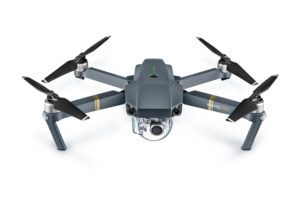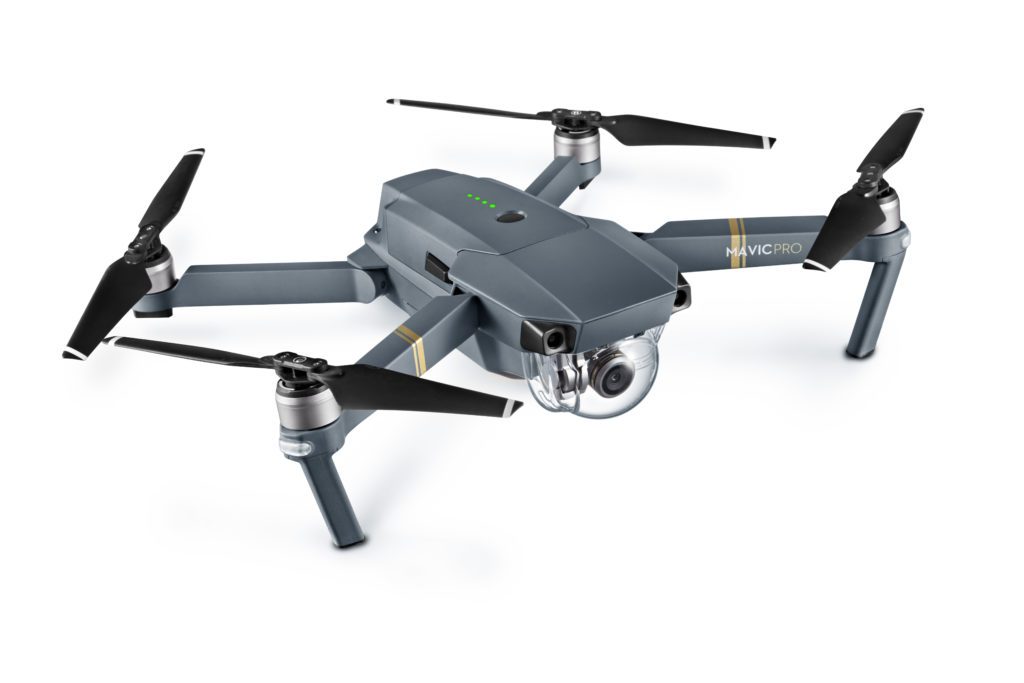
Drone manufacturer DJI has published a white paper proposing that the 250 g standard for the lowest risk drone category be raised to 2.2 kg.
The FAA’s Drone Registration Task Force – which was presented with the responsibility of developing national drone registration rules within a record time frame – concluded that drones below 250 grams (described by the FAA as being approximate in weight to “two sticks of butter”) posed the lowest risk to people and were therefore exempt from registration.
Since then, the drone industry and researchers have commented that the evidence used to determine potential risk was inadequate, based primarily on a number of unproven assumptions; but regulators across the globe have been quick to adopt the weight limit as an appropriate risk standard. Now DJI is presenting its case that the weight limit should be raised.
“While the FAA’s 2015 Registration Task Force (RTF) said drones weighing up to 250 grams posed the lowest risk, further research shows that standard was based on poorly chosen data and deeply flawed assumptions – including an almost 50-year-old model of casualties from a nuclear war that destroys all hospitals,” says a DJI statement. “Using more accurate scientific inputs, DJI’s white paper concludes unmanned aircraft systems (UAS) up to 2.2 kilograms can be safely flown with the lowest risk.”
“The RTF had only three days to decide how much a drone should weigh to require registration, and RTF members – including myself – unanimously set a 250-gram limit for registration purposes only, not for safety rulemaking,” said Brendan Schulman, DJI Vice President of Policy and Legal Affairs, who co-authored the white paper with Walter Stockwell, DJI Director of Technical Standards. “Nevertheless, regulators around the world are using the FAA’s 250-gram limit as a safety standard for the lowest-risk drones, despite its flaws. We hope our white paper spurs more detailed evaluation for better and more accurate rulemaking.”
The company has taken an active role in advocating for the drone industry with federal regulators, calling with other manufacturers for a micro drone classification for regulations and the use of technology over regulation to maintain safety standards which will be flexible as the industry and technology evolve.
“An early and hurried effort to define such a category in regulation, by the United States Federal Aviation Administration Registration Task Force (“RTF”), has seemingly unintentionally influenced other jurisdictions to follow suit in a broader fashion without close analysis of the underlying analysis or assumptions,” says the white paper. “We show that the method of estimating the safety of a UAS used in initial estimates proposed by the RTF reveals that safety is dominated almost entirely by factors unrelated to the physical characteristics of the UAS, such as pilot skill and exposed population…. A more realistic upper threshold for a lowest-risk mass-based category of UAS is found around the 2 kilogram range.
Miriam McNabb is the Editor-in-Chief of DRONELIFE and CEO of JobForDrones, a professional drone services marketplace, and a fascinated observer of the emerging drone industry and the regulatory environment for drones. Miriam has penned over 3,000 articles focused on the commercial drone space and is an international speaker and recognized figure in the industry. Miriam has a degree from the University of Chicago and over 20 years of experience in high tech sales and marketing for new technologies.
For drone industry consulting or writing, Email Miriam.
TWITTER:@spaldingbarker
Subscribe to DroneLife here.
